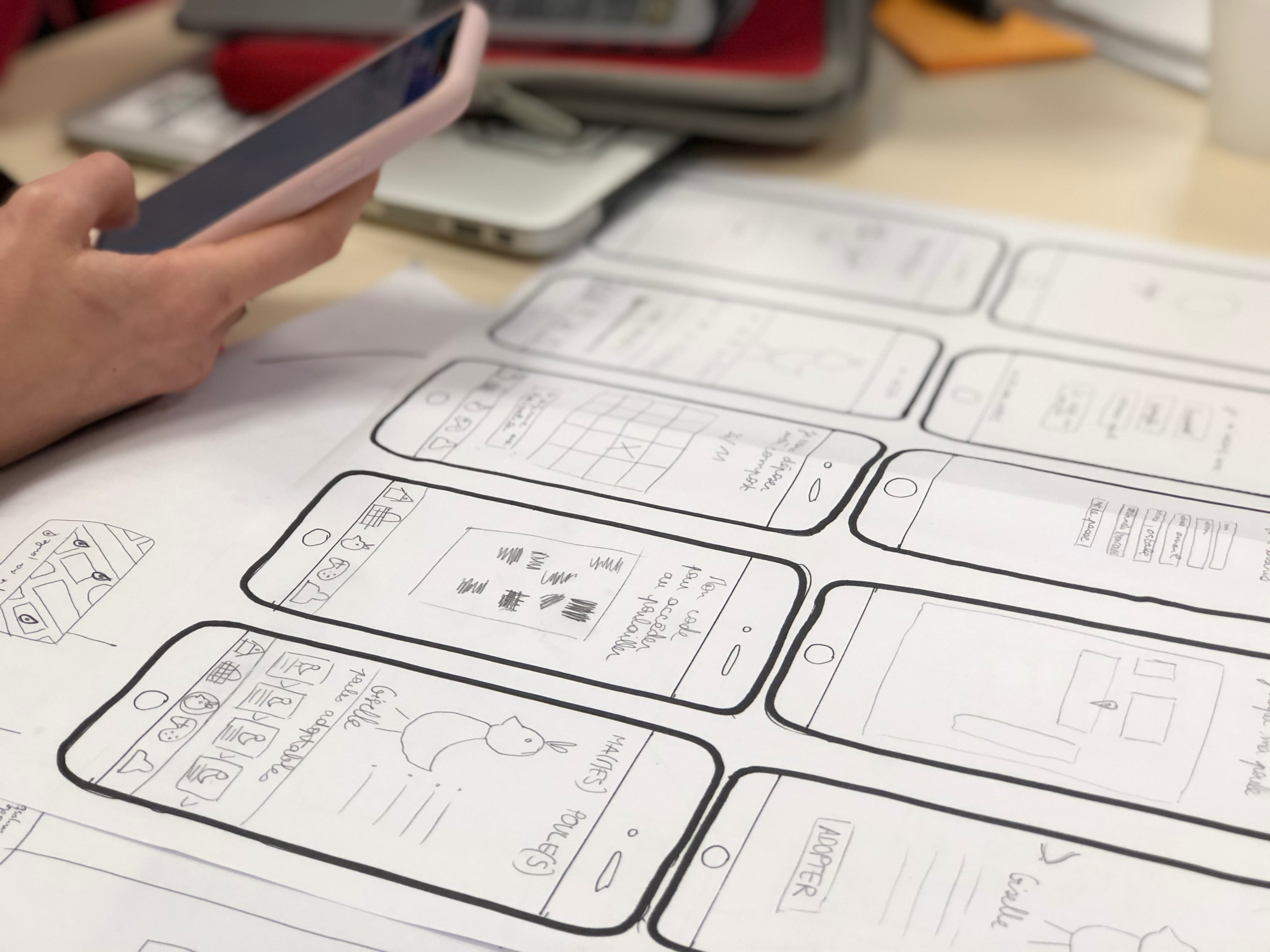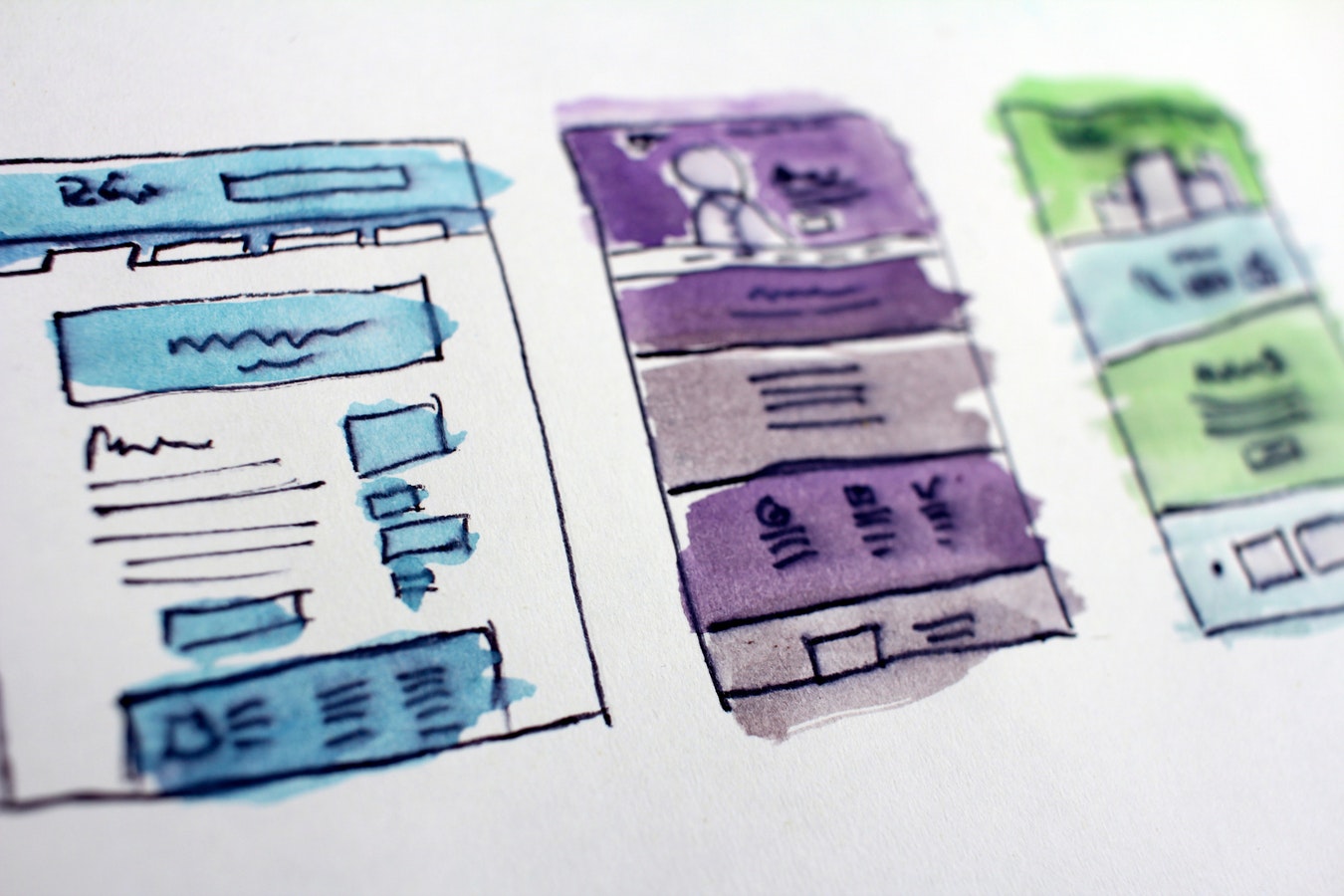14th February 2019
Quick Tips to Improve Your Existing Website Without a Full Redesign
The form on a website is arguably the most important part, it is the end goal. Once you have got someone to fill out that form and gift you their information they are yours for the taking.

However, there are a number of things that can cause a person to not give up that all important information from too much clutter to too many questions.
So here are some ways your forms may be letting you down and how you change that with some simple UX design tricks.
Above the fold is what is visible on the full screen before the user starts scrolling down. Whether your data capture is taking place on a single landing page or the contact page of your website the form is the single most important element and should be seen first.

Engaged time more often than not peaks above the fold with the difference being as high as 80% more engagement. By placing important elements such as forms or CTA’s above the fold is the best way to attract maximum attention to it. Of course, there is no reason not to include the form again at the bottom of the page or even throughout the page (only if it is a particularly long page) as long as it is always present at the top.
I mean CTA’s that really make you want to call-to-action. A strong CTA has the power to compel people to take that next step and it leaves a lasting memory in that users head when they leave that page. To make a strong CTA you should consider a couple of things.
Firstly, the word/ wording used on the CTA, your CTA needs to clearly and concisely let the user know what step you want them to take. Using strong command verbs, such as “buy”, “order”, or “subscribe”, is the easiest way to let the user know what you want them to do next.

As well as strong command verbs you should also try and use emotive language to compel action. “Book your dream holiday today” or “Buy now and get 50% off” are two great examples of using emotion to inspire action while also keeping the commanding verbs there.
Finally, you should always take the colour of your CTA’s into consideration. Orange and green are reportedly the best colours for compelling someone to take action but of course, this is dependant on your brand colours. Your CTA colour should be a secondary colour that contrasts well with your brands primary colour, for example, if your brand colour is green then look at using orange CTA’s. As long as your CTA’s clearly stand out on your website then any colour goes!
As the most important element on the page and the one that you want the user most of, if not all, their attention to you must ensure distraction around it are minimal. By placing other blogs and articles to be read or products to look at to the sides of the form you are increasing the likelihood the user will stray away from the form and you will miss the chance to capture their data.

As well as this, in website design white space is an important tool to keep the user on the right path and less overwhelmed. If the space around a form is extremely busy and cluttered, psychologically speaking, this can cause a person to feel overwhelmed and in turn leave the form. However, if the form has minimal clutter around the edges then this will lead the user to feel far more relaxed and at ease to complete the form.
Generally speaking, people are pretty lazy when it comes to forms. I am as guilty as the next person of looking at a form, deciding that it’s a lot to fill out and not bothering with it. In order to encourage as many people to fill out the form as possible, keep the number of steps they have to take as minimal as possible so they won’t get bored and leave the form.
To encourage keeping the fields to a minimum consider what the most important bits of data you really need. If you have an enquiry form for your bricklaying service, for example, then asking how many pets they own probably isn’t essential information but their name and number probably is.

Maybe we’re biased since we are a design agency but good design really can have a huge impact. Keeping your form clean, simple, on brand and updated with current design trends will have a large influence on making your form feel friendly and welcoming. People will naturally judge things by the way they look and make instant assumptions based on these judgements so ensure these are good judgements.
People are quite difficult to please and even if you tick all these boxes you still can’t expect 100% of people to complete your form. However, we hope these simple UX tricks make you think about ways your forms may be falling short.

7th February 2020
Why Mobile-First Web Design Is Becoming More Important

4 Reasons to Re-Design Your E-Commerce Website

22nd January 2019
The Benefits of Using Imagery in Web Design
Conversion-led with proven R.O.I. success
Instant results, long-lasting impact.
Vast experience
Established since 2003, servicing local businesses and global brands.
Friendly and proactive support
We build personal connections, ensuring your brand is in safe hands.
We'd love to discuss your project
Tell us about your project and get a quote.
Are you in need of more business?
We can double your conversion rates by optimising the user experience
Get a FREE UX audit on your website